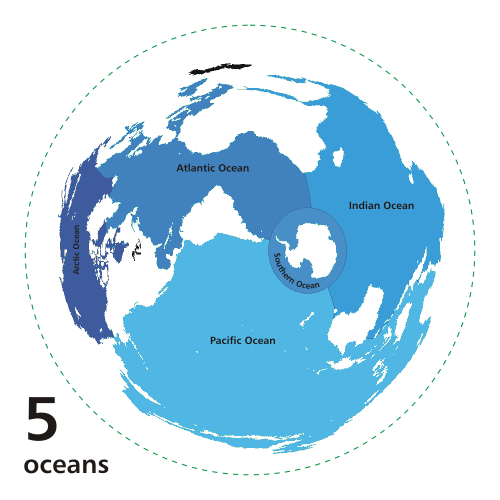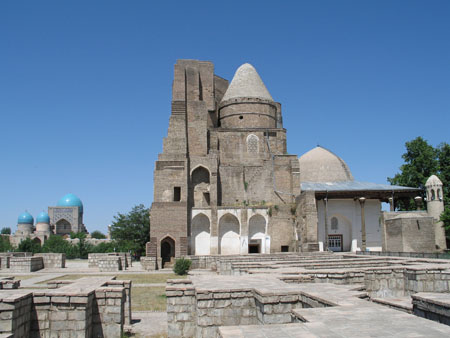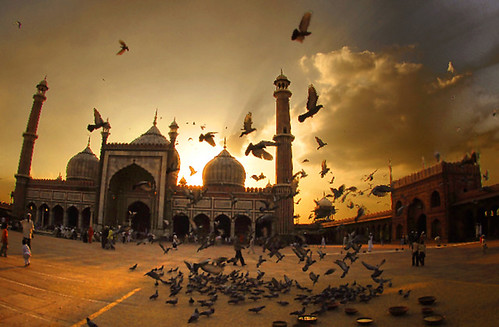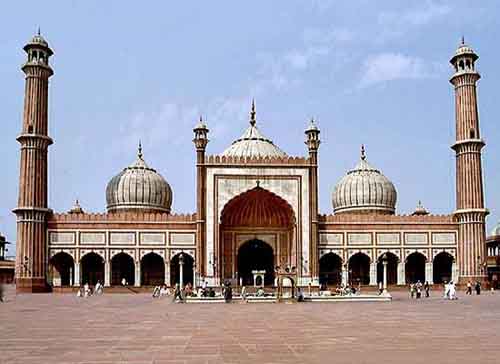Palace on Wheels (India's first luxury train)-Introduction,Rajesthan Tourism, History, Facilities, Route, Luxury, Names of Couches

Introduction:
The Palace on Wheels was India's first luxury train. It was launched by the Indian Railways to promote tourism in Rajasthan, and has been highly popular since its launch.
In India, the term luxury travel is best possible with the “Luxurious Trains”. These trains give you a royal treatment and you’ll never feel that you are in a train. The ambience, the looks, furniture etc. everything is so royal in these trains. Palace on wheels gives you an experience to travel like a monarch in the regal splendor. The train consists of 14 coaches named after the great princely cities of Rajasthan. Each coach has 4 twin bed chambers well equipped with modern amenities like intercom, e-commerce, satellite phone, channel music, attached toilets, hot and cold water facility and shower.

History:
The Palace on Wheels was started on January 26, India's Republic Day, in 1982.
The concept of the Palace on Wheels was derived from the royal background of the coaches, which were originally meant to be the personal railway coaches of the erstwhile rulers of the princely states of Rajputana, Gujarat, the Nizam of Hyderabad and the Viceroy of British India.
The coaches of the Palace on Wheels derive their names from the erstwhile princely states of Rajasthan namely Jaipur, Jodhpur, Jaisalmer, Bikaner, Alwar, Udaipur, Bundi, Kota, Jhalawar, Dungarpur, Dholpur, Bharatpur, Sirohi, and Kishangarh. Each coach is decorated in accordance with the culture and characteristics of the respective places.
Facilities

There are 14 coaches in the train. Each of them is named after former Rajput states and matches the aesthetics and interiors of the royal past. Facilities include a bar with the choicest Indian and international spirits, a lounge with a good collection of books, and a television and DVD player.
Cabins are air-conditioned with twin beds, DTH television[2], channel music, intercom, and attached toilets running hot and cold water.

The train has two restaurants, "The Maharaja" and "The Maharani", with a Rajasthani ambience and serving continental, Chinese, Indian and Rajasthani cuisines.
Route

The train departs from New Delhi and during its eight day journey, travels around Rajasthan with stops in Jaipur, Jaisalmer, Jodhpur, Sawai Madhopur, Chittaurgarh, Udaipur, Bharatpur, and Agra.
Earlier, tickets for the Palace on Wheels were restricted to foreign nationals only by the Government of India, with Indian natives not allowed on board. However, it was later opened up to Indians as well, although even today tariffs are quoted in US Dollars.














